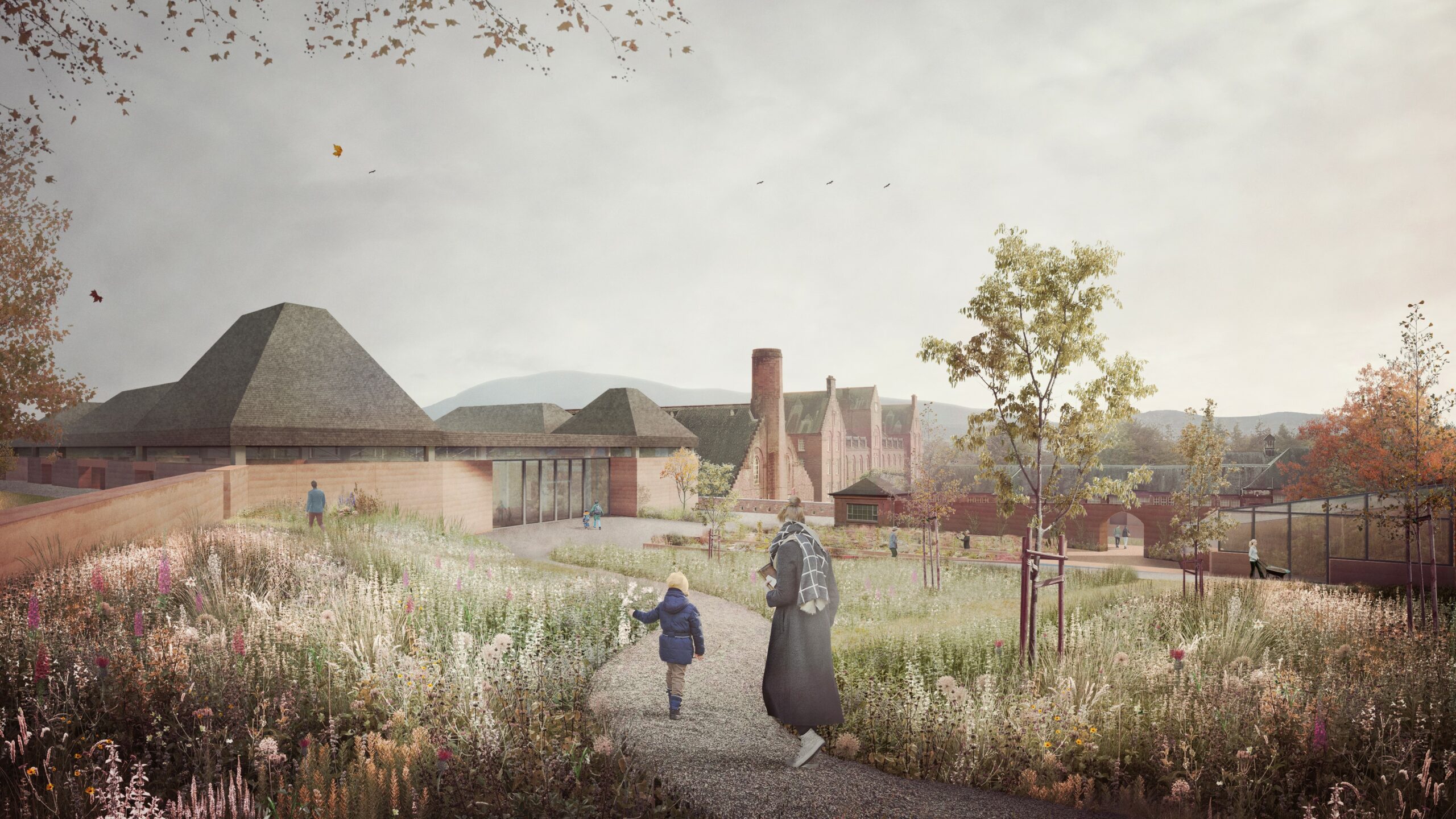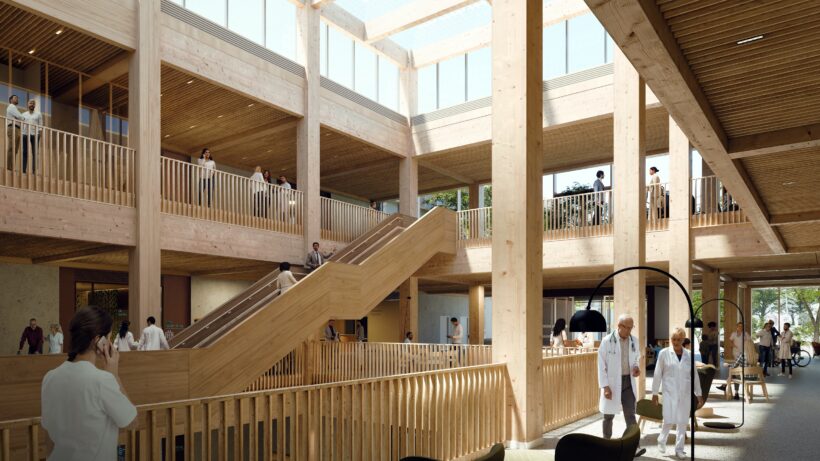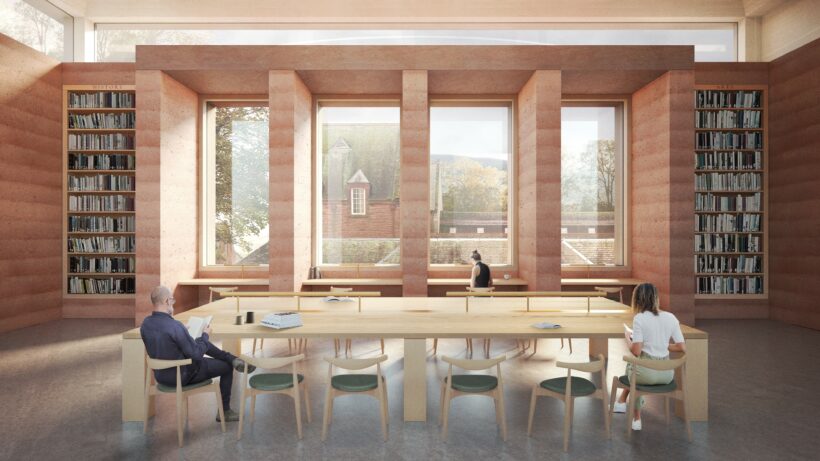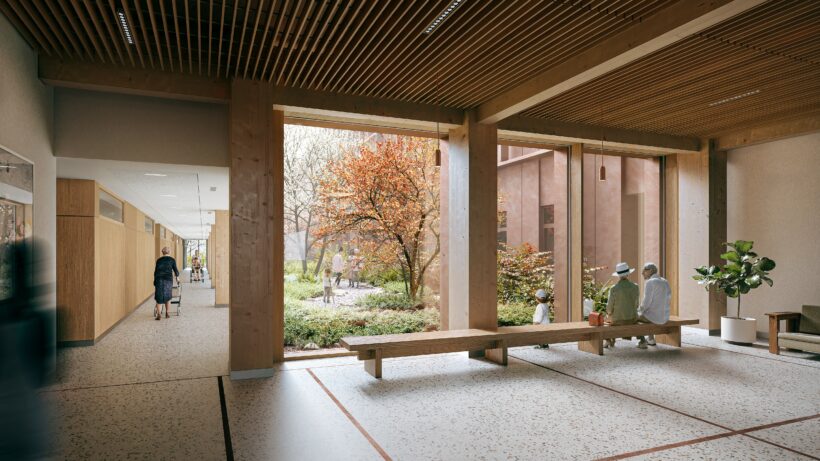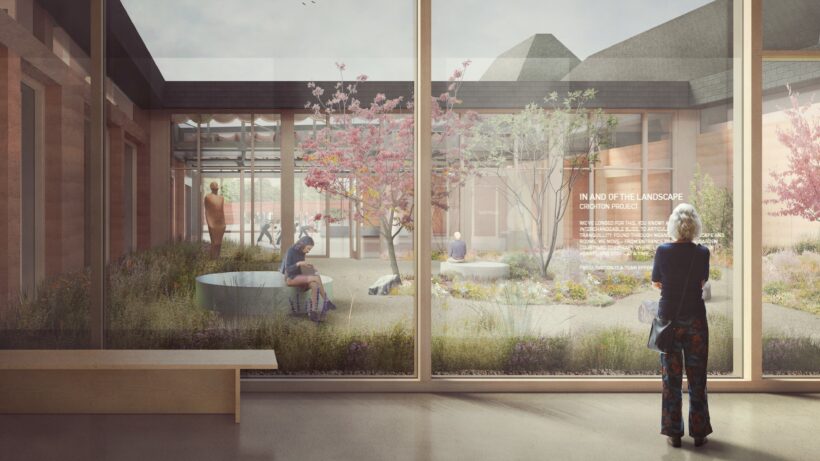At White Arkitekter, we have set the ambitious goal that by 2030 all our projects will be climate neutral. To achieve this, we need to constantly develop our way of working and find new solutions that can contribute to the goal.
– We have limited resources that we can use in projects to stay within our climate budget. On those occasions when we cannot use reused materials, it is important that we choose new materials that are bio-based and have a low carbon footprint or even a negative footprint. This means materials that store more carbon dioxide than they release, such as lime hemp, where carbon dioxide has been stored as the hemp grows and the lime binds carbon dioxide as it carbonises, says Anna Lisa McSweeney.
